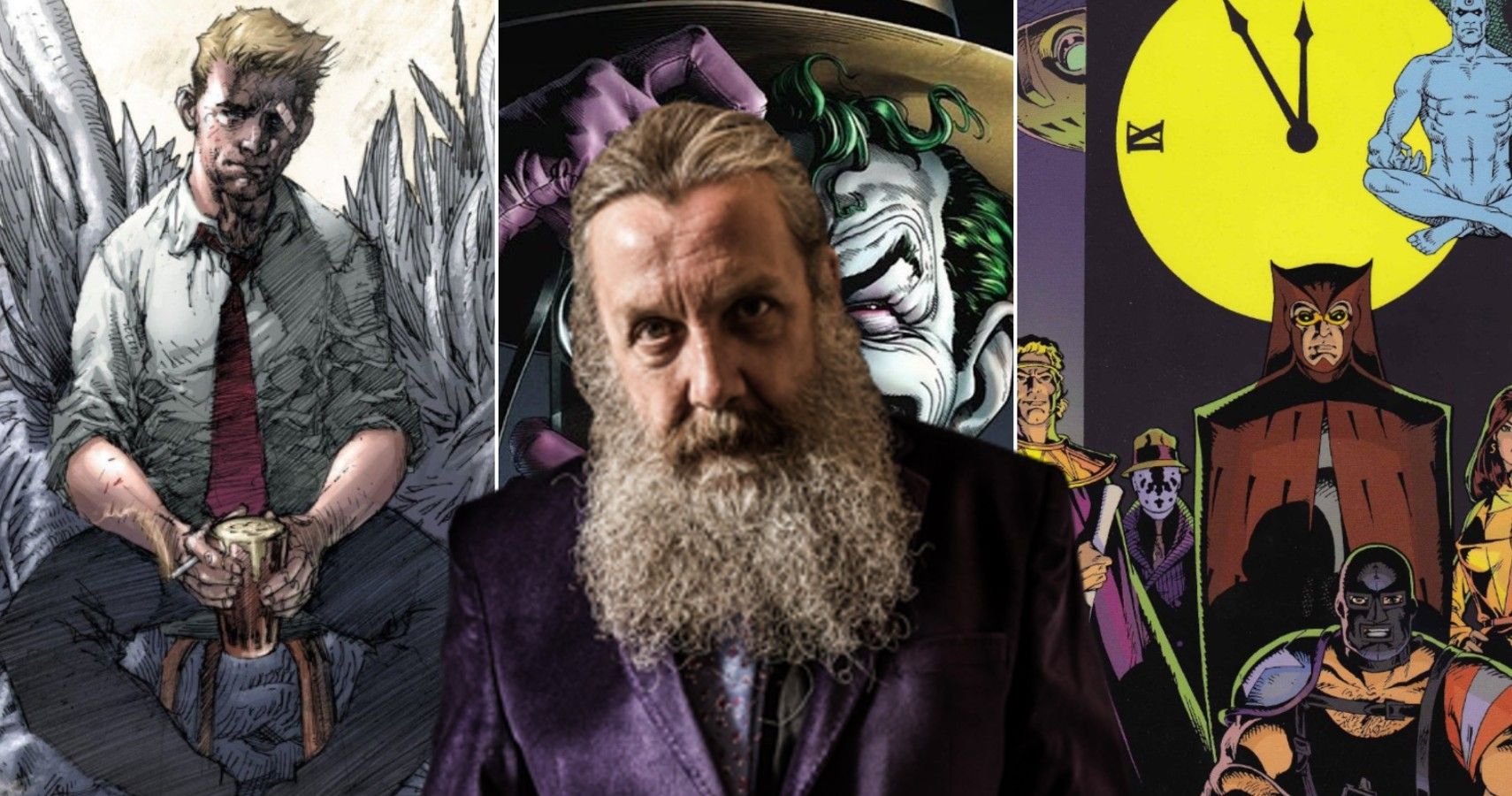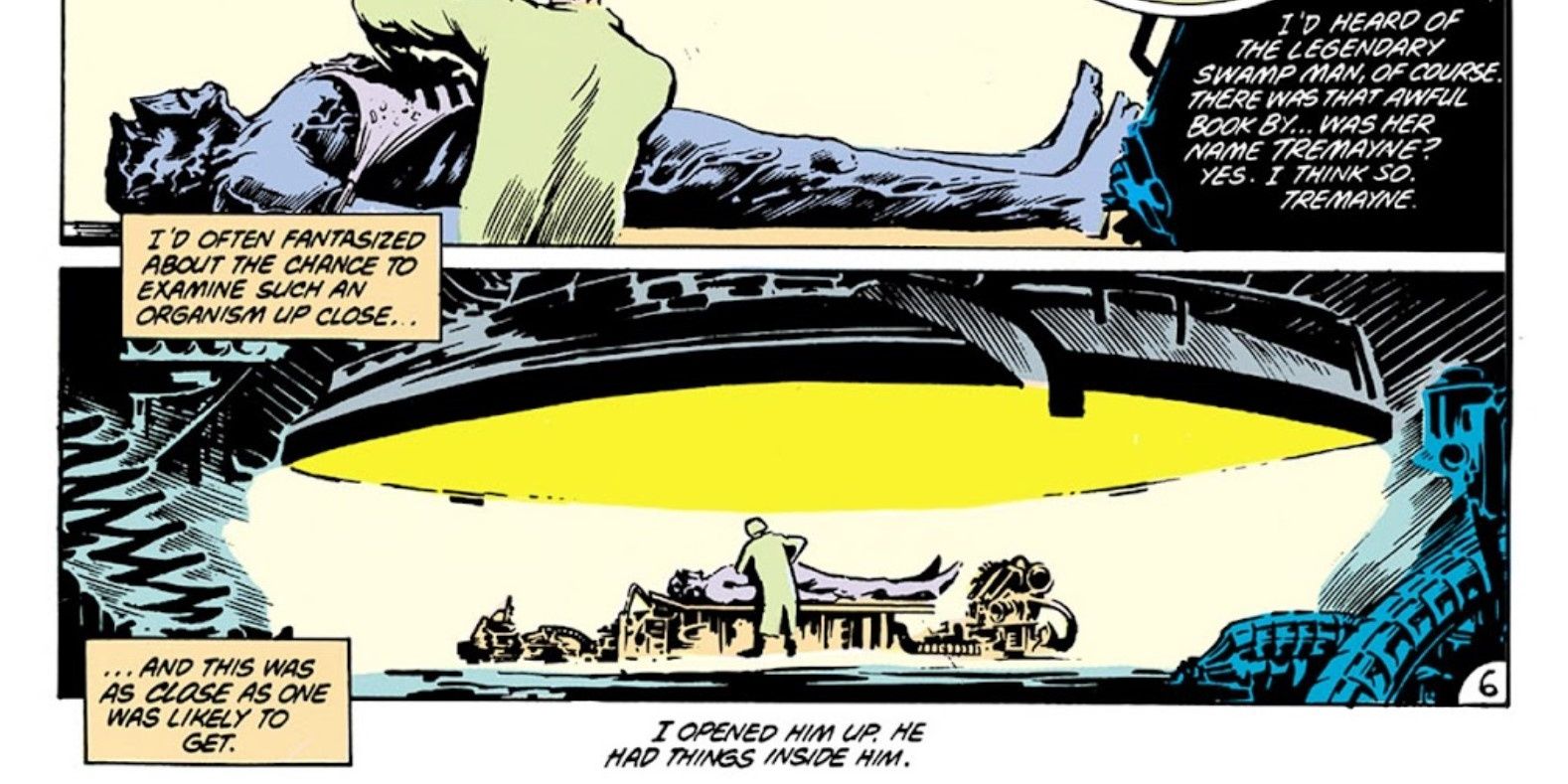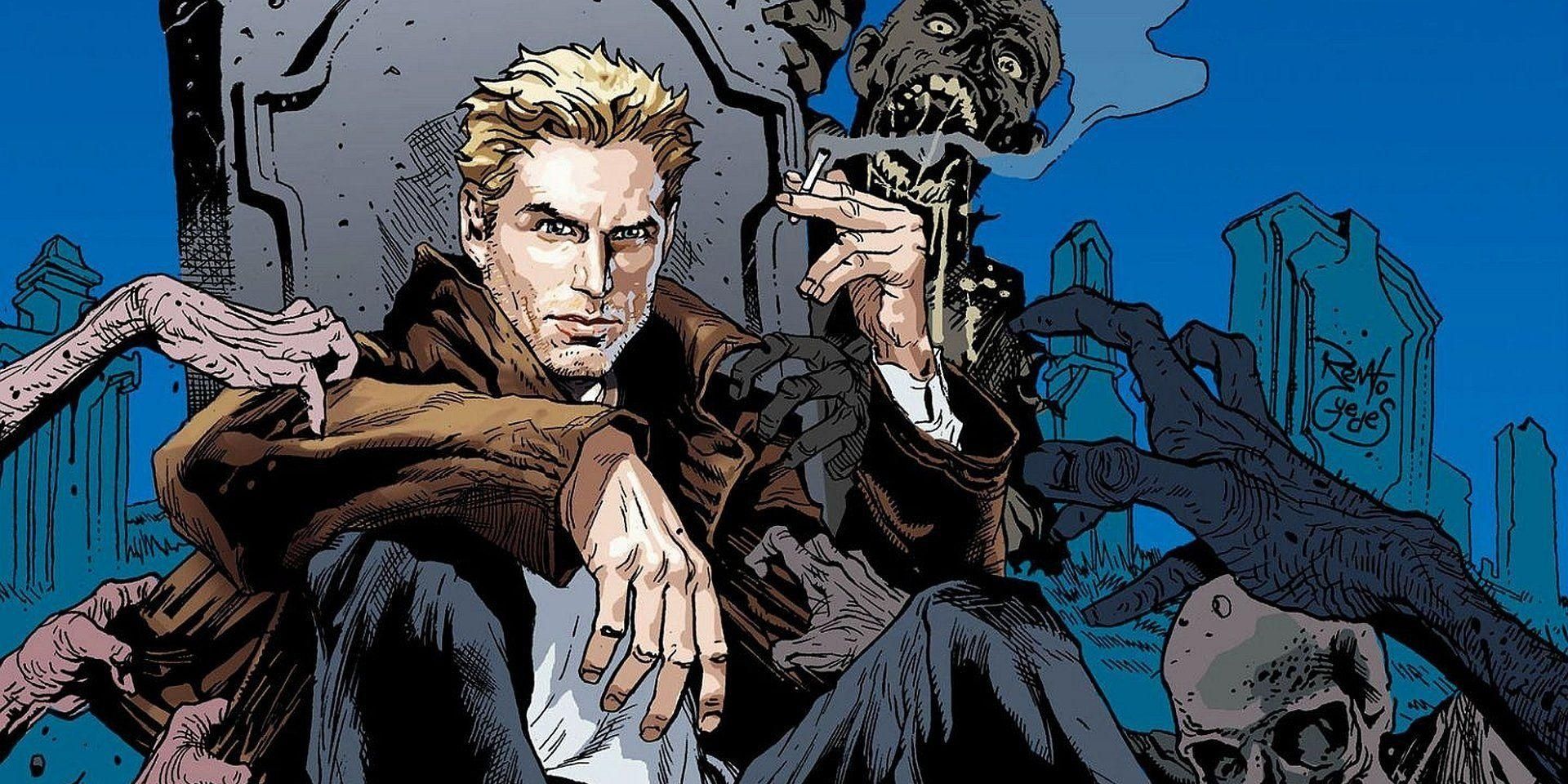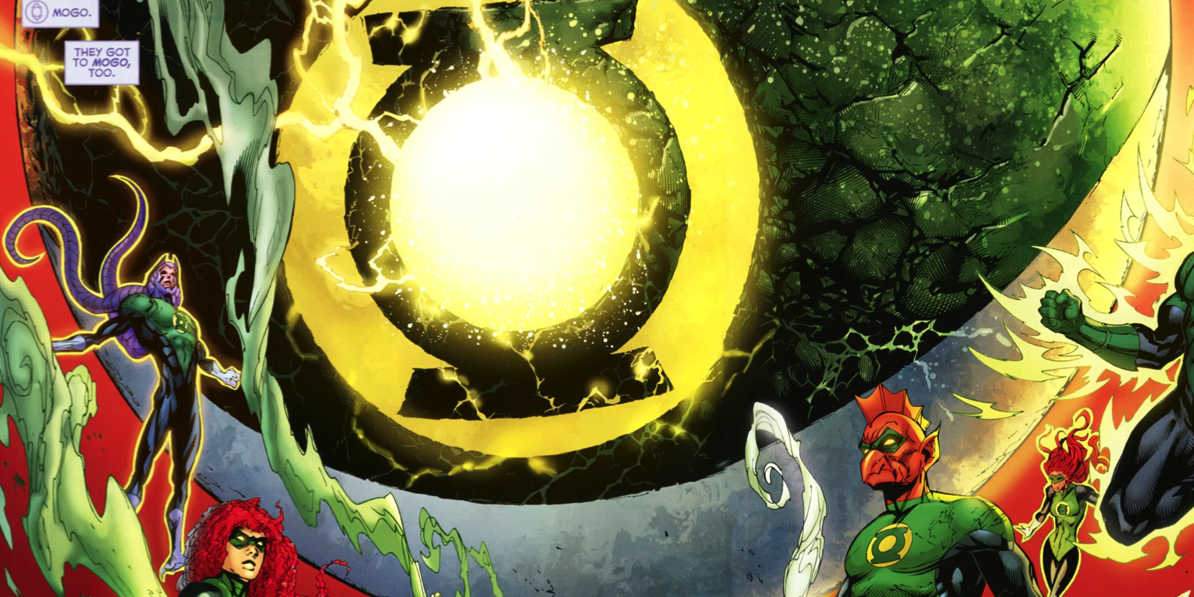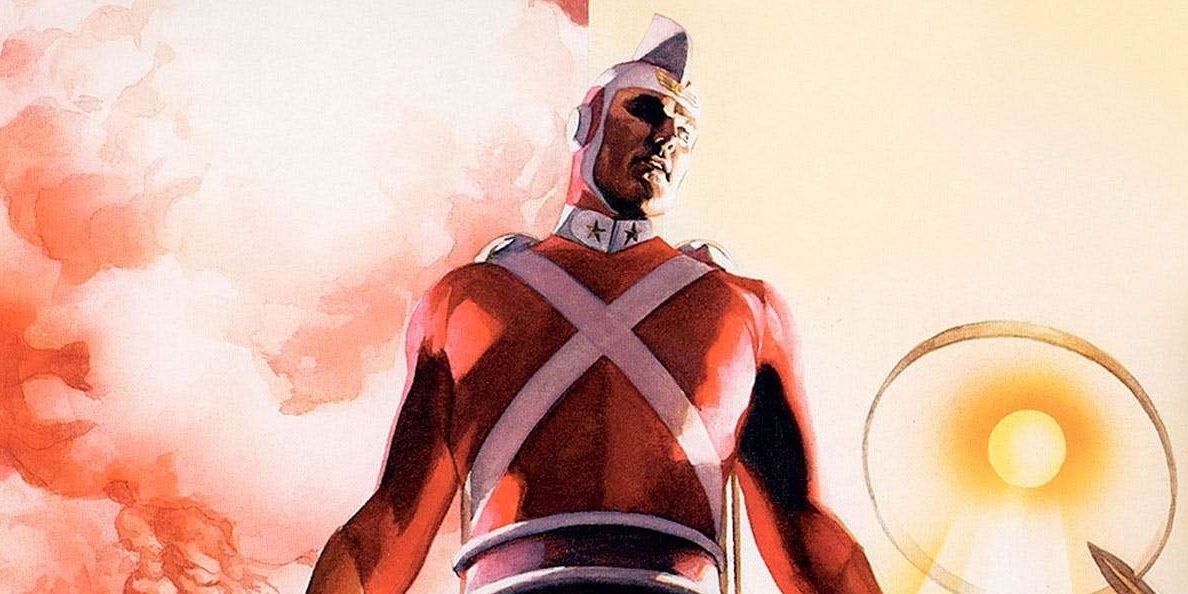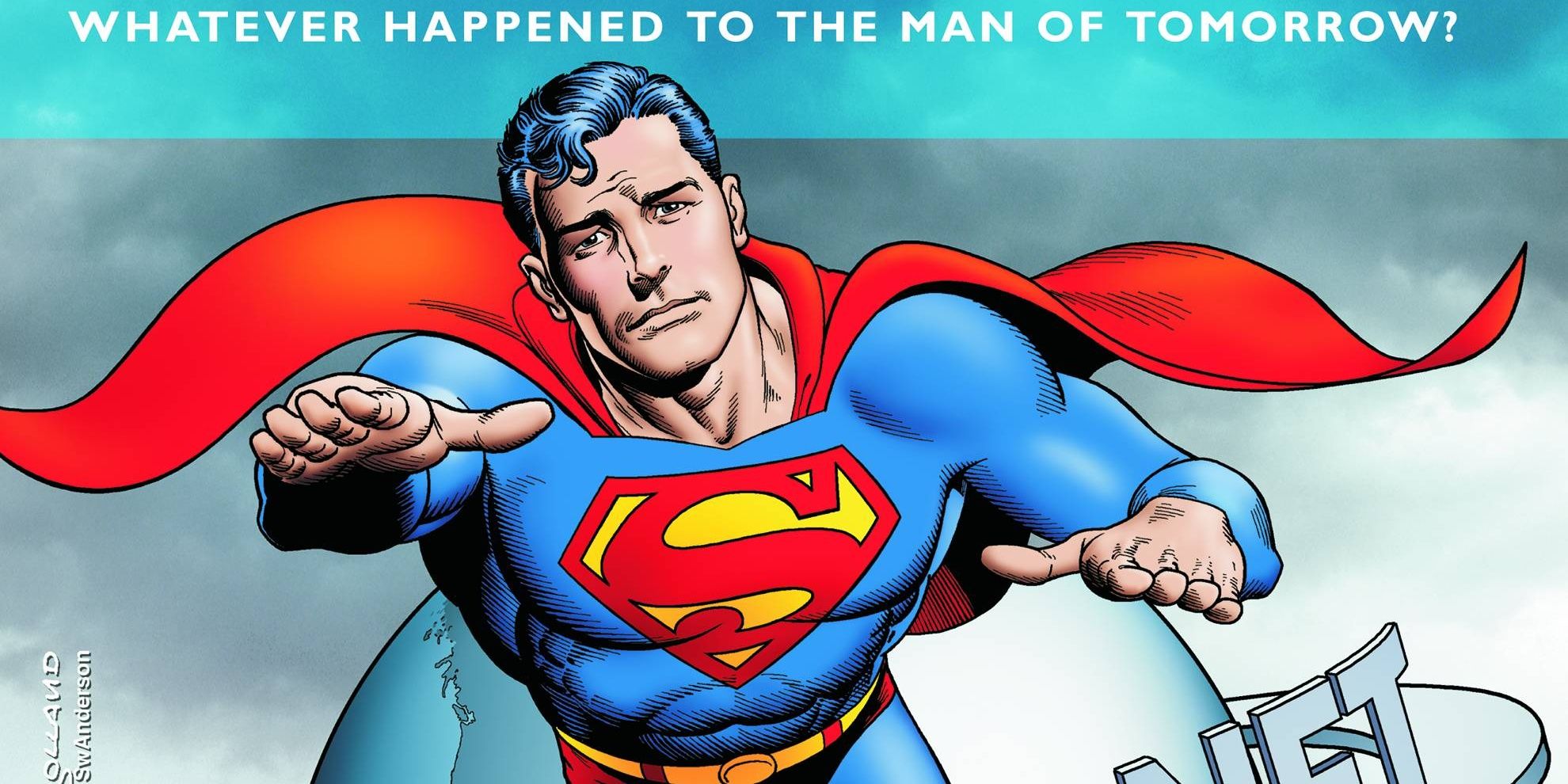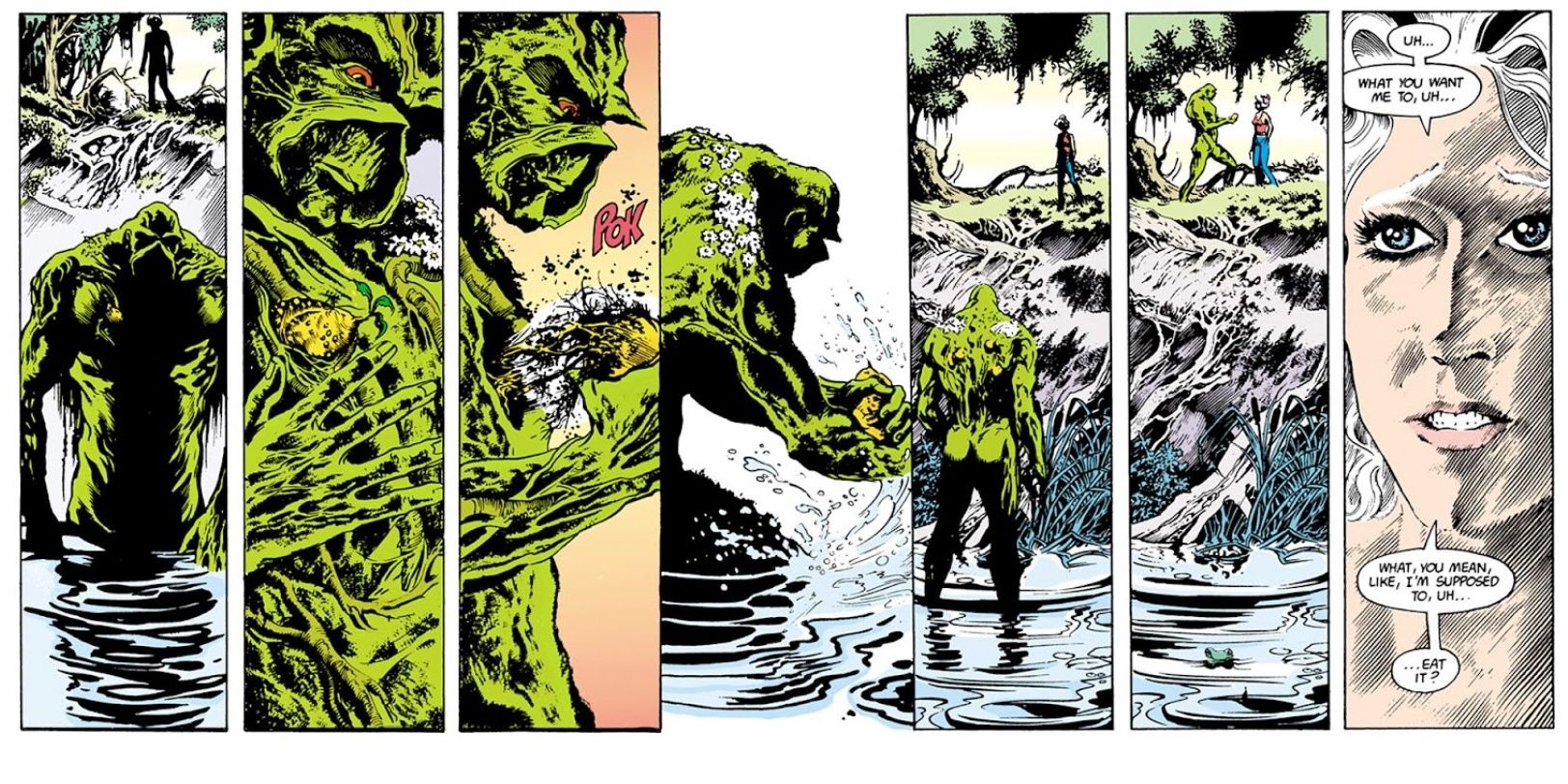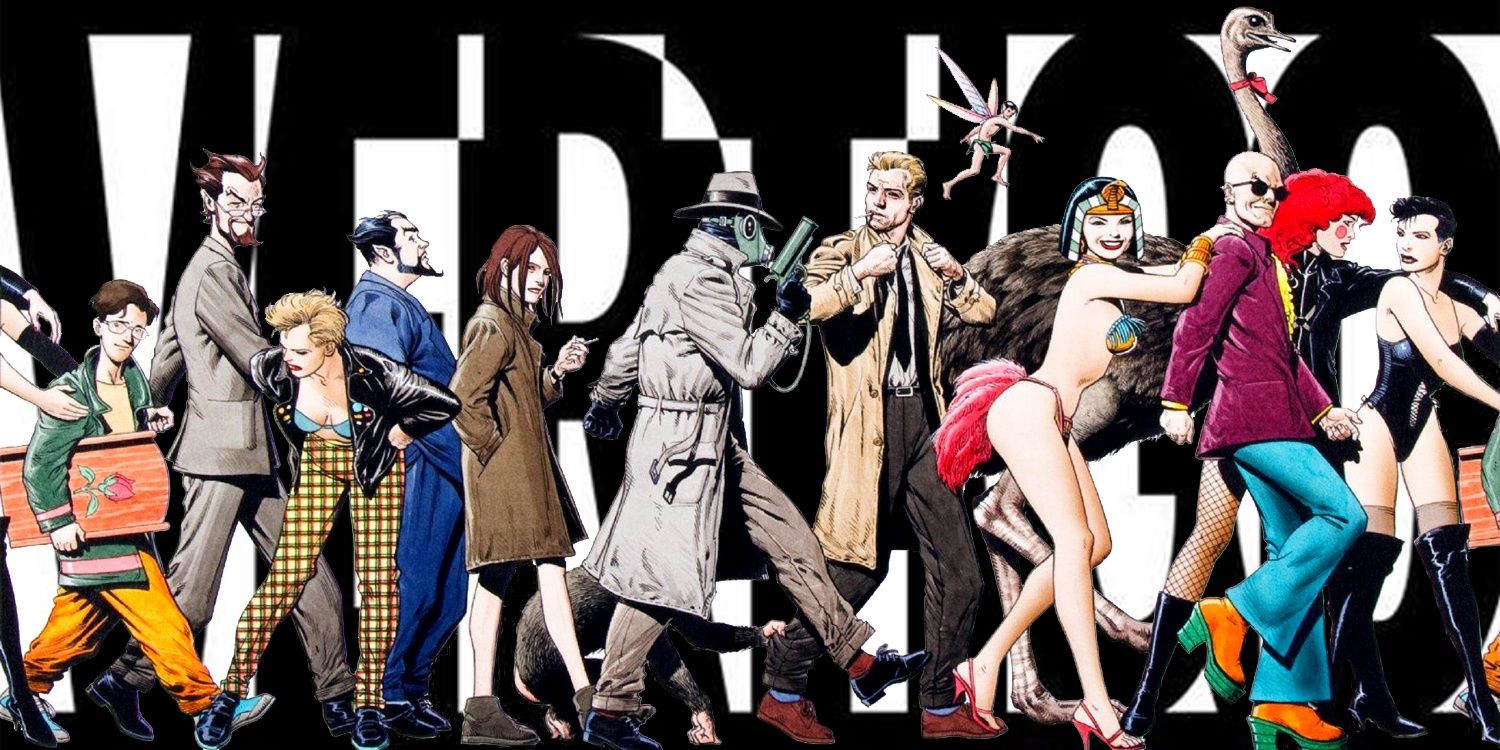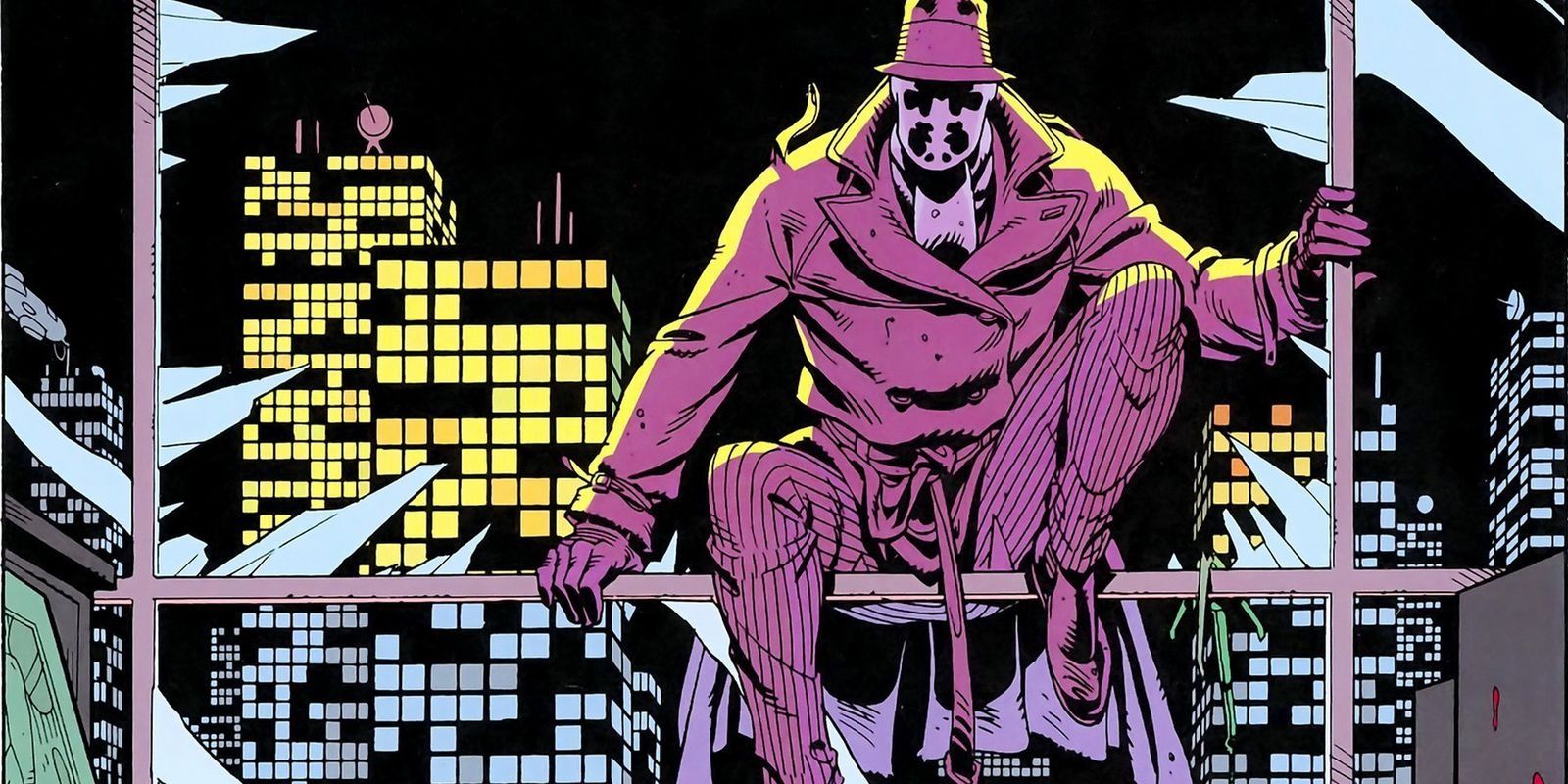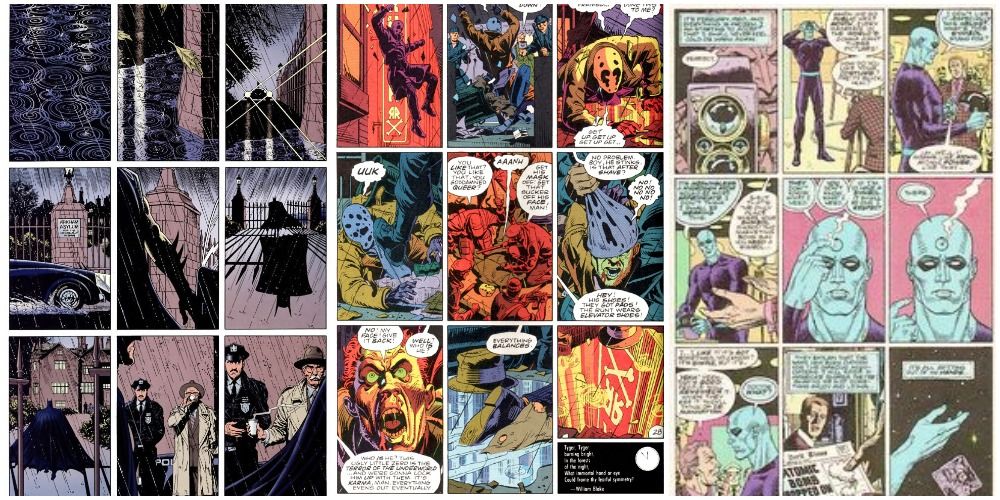More than any other man in the history of comics, Alan More bridged the divide between the pulpy sci-fi and horror magazines considered a form of low art and the high-minded prestigious literary works known as graphic novels. He began this work while working on British comics in the '70s, but it was only after he began writing for DC Comics that he was able to influence readers all over the globe.
Naturally, the DC Universe was never the same after Moore got his hands on it. Everyone from Swamp Thing to Batman was reshaped by Moore's brilliant scripts, as his stories forever altered the nature of DC Comics and the greater comics world at large.
10 Everything He Did To The Swamp Thing
Alan Moore was personally asked by the Swamp Thing's creator, Len Wein, to take over writing the character. At first, Moore thought it was a prank and actually hung up the phone. When he realized what had just been offered, the young English writer set to work on what would become one of the greatest comics of all time.
The second issue of Moore's Saga of the Swamp Thing involved both the literal and metaphorical dissection of the Swamp Thing. For the first time, the monstrous protagonist was confronted with the fact that he was not human. By transcending the limits humanity, anything became possible.
9 Creating John Constantine
John Constantine is the British bad boy of comics. An occultist, grifter, anarchist, and old school punk, Constantine seems to know everyone and have his fingerprints dirtying up events in every corner of the world.
The chain-smoking manipulative magician was created by Alan Moore as a potential mentor for the Swamp Thing, but Constantine quickly grew into the most popular magic user in all of DC Comics. His stories have always been philosophical, complex, and absolutely harrowing, but they always had Constantine kept smirking at the face of danger and Hell itself since his very first appearance.
8 Deepening The Green Lantern Corps' Mythos
The most influential Green Lantern writer in decades has been DC's former Chief Creative Officer, Geoff Johns. There is no doubt that Johns pioneered new ideas in the Green Lantern mythos, but much of his work also built upon earlier stories that Moore wrote.
The alien Rot Lop Wan was created by Moore as a Green Lantern who could not see, so he used his ring to generate sound instead of light, wielding the power of the F sharp bell. Johns would later use the character in numerous stories. Additionally, Moore invented the Prophecy of the Blackest Night, which would be central to Johns's run. Moore created several other notable lanterns, such as Leezle Pon, a sentient smallpox virus and Mogo the Living Planet, the largest member of the Green Lantern Corps.
7 Updating Adam Strange
Adam Strange has always been a fairly straightforward pulp hero. In the tradition of John Carter of Mars, he was beamed to another world, where he fell in love with an alien princess and became a hero in a planetary war. For all intents and purposes, Adam Strange was a hero from a bygone era but Moore revitalized him with a dark twist.
Moore revealed the real reason that Adam Strange teleported to the planet Rann: to help impregnate the princess, since most Rannians had become sterile. Reducing the hero to a breeding stud was controversial, to say the least, and it completed upended the status quo.
6 Paralyzing Batgirl
Alan Moore's Batman: The Killing Joke was one of the most atmospheric and cinematic comics of the 80s. From the very first panel, the tone was set, while it ends with a punchline that is to die for. Infamously, this was also the Batman story that saw Batgirl's career as a costumed hero come to a halt when she was crippled by the Joker.
The Joker shot her through the spine and violated her in an attempt to mentally break her father, Commissioner Gordon. For decades, she remained paralyzed until this was finally retconned away. During the years she was paralyzed, she operated as the hacker and strategist known as Oracle. However, this is an aspect of the story which Moore himself has since come to regret.
5 Ending The Silver Age Superman
Superman's Silver Age run came to an end in Whatever Happened to the Man of Tomorrow?, a complex narrative that forced the Kryptonian to meet his death at the hands of his greatest enemy -- but it's not someone anyone expected.
The twist was that Superman's greatest enemy was neither Brainiac nor Lex Luthor, but the prank-loving interdimensional imp Mister Mxyzptlk, who had chosen to be jovial and puckish but was now undertaking a new phase of his life as a diabolical menace. This story gave the Superman of old a fitting farewell and ushered in the character's next incarnation.
4 Addressing Sex & Other Difficult Subjects In Mainstream Comics
Sex was one of the many topics off limits to writers under the censorship mandated by the Comics Code Authority. Moore said bollocks to that and wrote Love and Death, a twisted horror story in his Saga of the Swamp Thing run that addressed topics such as sexual abuse and necrophilia. He also wrote a story about the beauty of sex in Rite of Spring, a transcendantal exploration of love and tenderness using prose poetry.
Whether discussing menstruation or nuclear waste, there was no topic too taboo for him to address. What's notable is that whatever he was writing about, Moore wrote about it with the utmost respect and care. Moore would not be censored and his writing was so good no one would stop him. This paved the way for future creators to do the same, so that now even all ages comics can handle more mature themes that were previously banned.
3 Setting Up Vertigo Comics' First Steps
Editor Karen Berger was the one who founded the DC Comics adult imprint, Vertigo. It was officially started in 1993, incorporating several existing titles that Berger was editing, such as Neil Gaiman's The Sandman and Hellblazer. However, all of this originated with Berger's work on another comic -- Saga of the Swamp Thing -- which she began editing with writer Alan Moore.
Naturally, Swamp Thing was among the first titles to have the new Vertigo imprint attached to it. Additionally,Hellblazer was a Swamp Thing spin-off and The Sandman featured characters created by Moore in various supporting roles and cameos. Karen Berger absolutely deserves full credit for creating Vertigo, but she did it only after working with Moore to begin a new movement of sophisticated mature DC horror comics.
2 Everything About Watchmen
No single story has done more to change the landscape of modern comics than Alan Moore's 12-issue miniseries, Watchmen. Moore originally intended the series to feature pre-existing characters that DC had recently acquired from Charlton Comics like Blue Beetle and The Question, but DC wanted to save these heroes for future purposes. Instead, they encouraged Moore to create his own characters, thus allowing him freedom to tell the type of bold stories he wanted to.
Unfortunately, this collaboration ended sourly when DC meddled with Watchmen's publication and distribution. These unscrupulous business practices led to Moore splitting from DC altogether, especially after DC cheated him out of the rights to the story and characters. In 2010, DC Comics tried to mend ties with Moore but he refused, wanting nothing to do with either DC or Watchmen anymore.
1 Perfecting The 9-Panel Grid
Alan Moore did not invent the 9-panel grid, but he definitely perfected it. This layout features panels that are set in three rows of three. Writers like Tom King have built their career using this format, as seen in his works on Omega Men and Mister Miracle. Numerous classic DC stories use this style, including The Killing Joke and recent hits like the Batman/Flash crossover story The Button.
Not only has this shaped DC Comics, but Moore's popularization of the 9-panel grid has gone onto influence the entirety of the comics medium.

